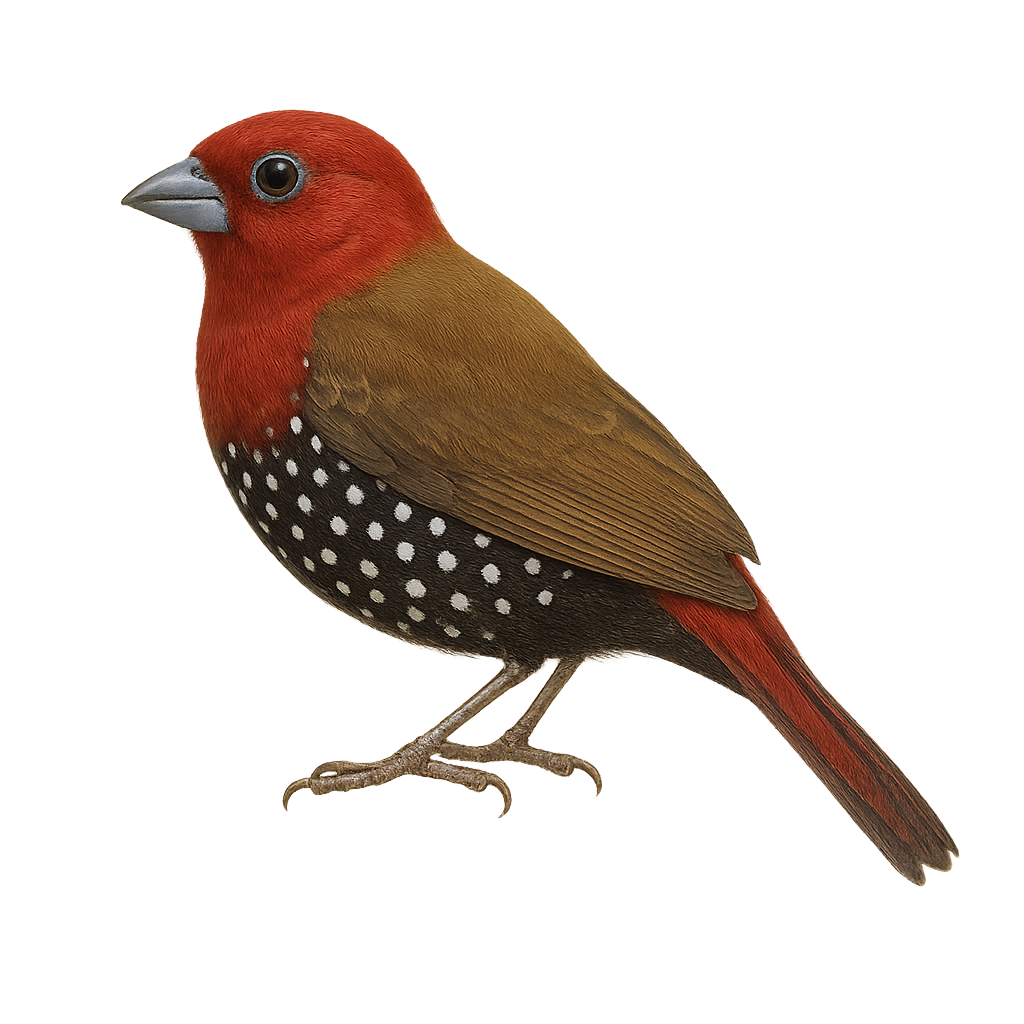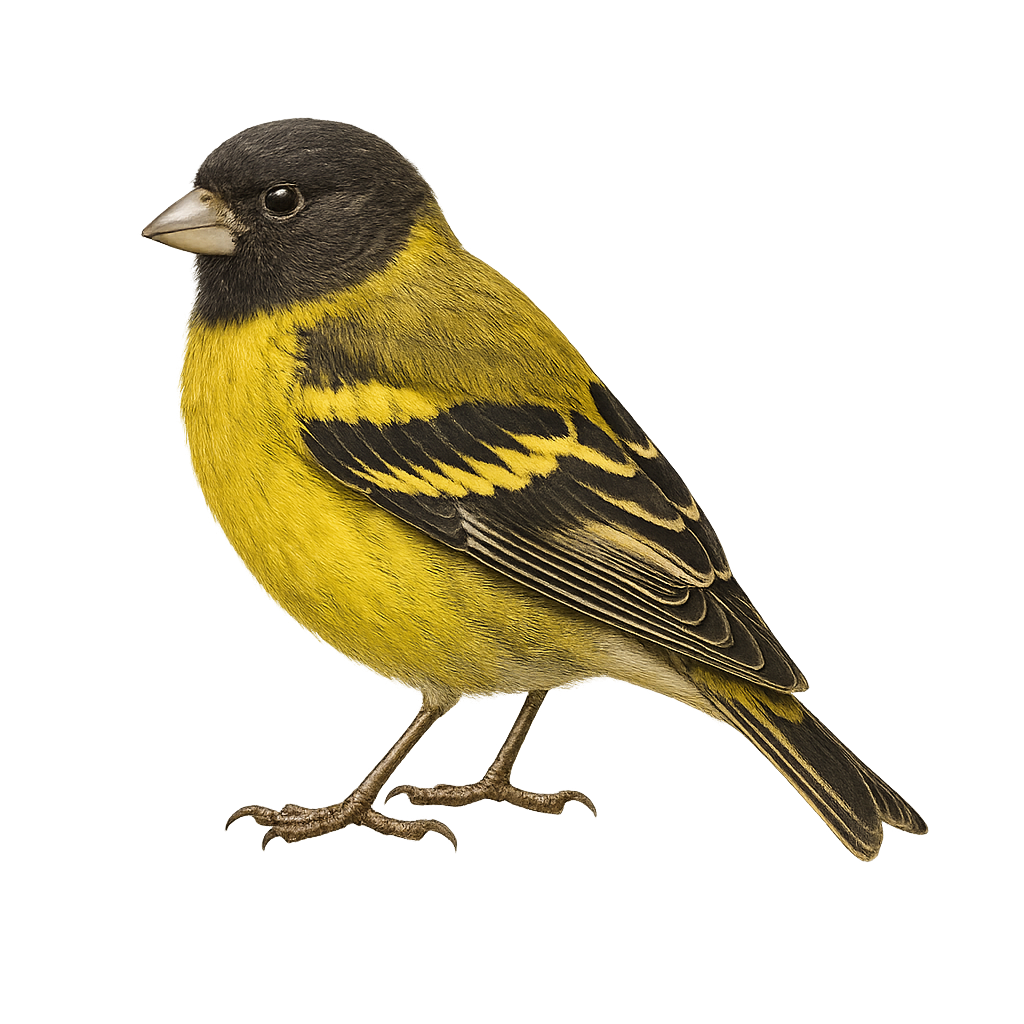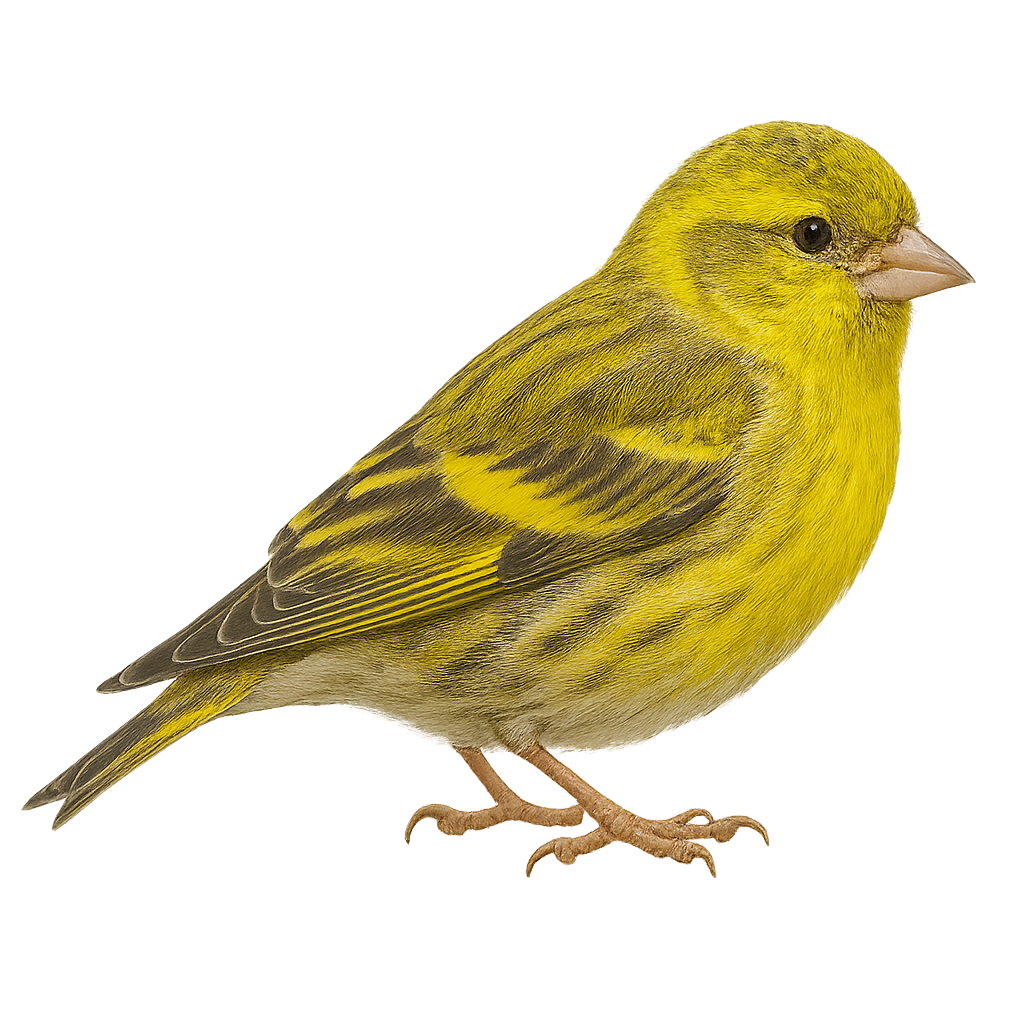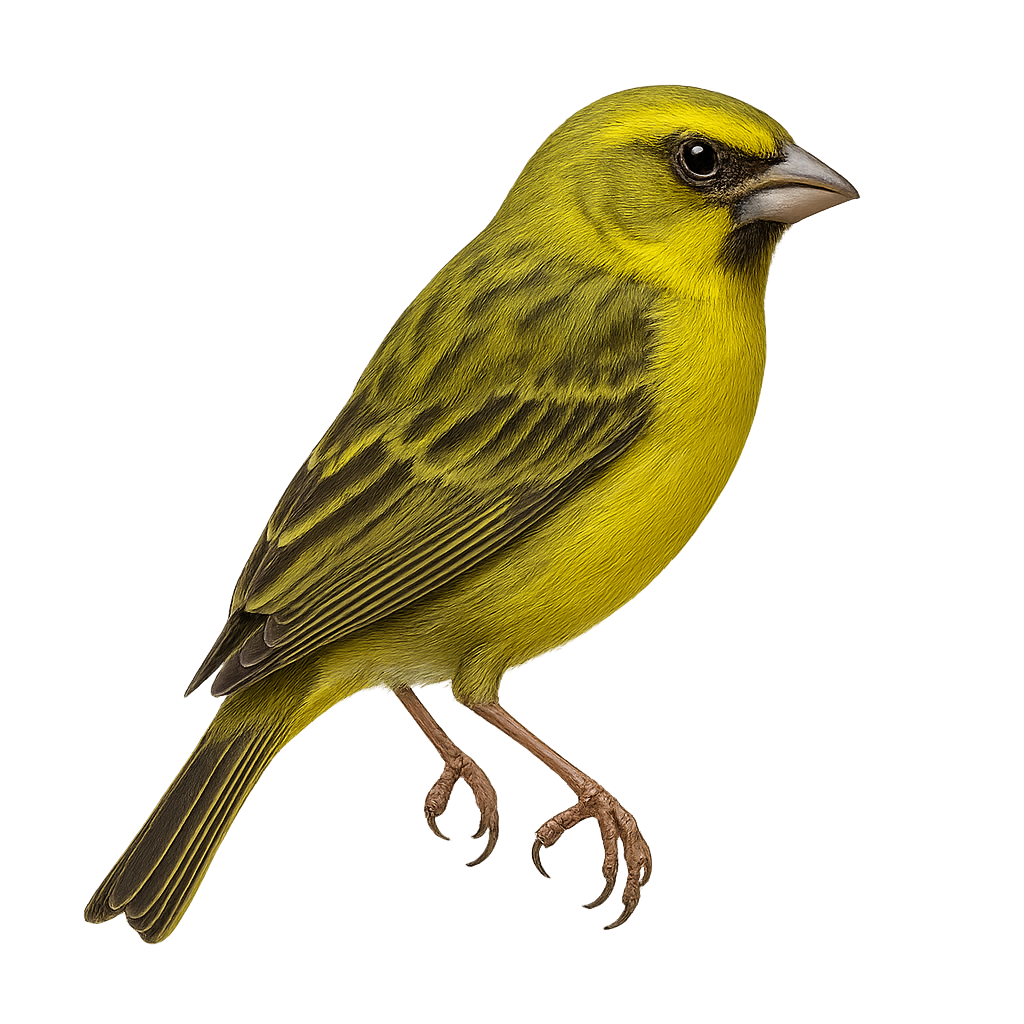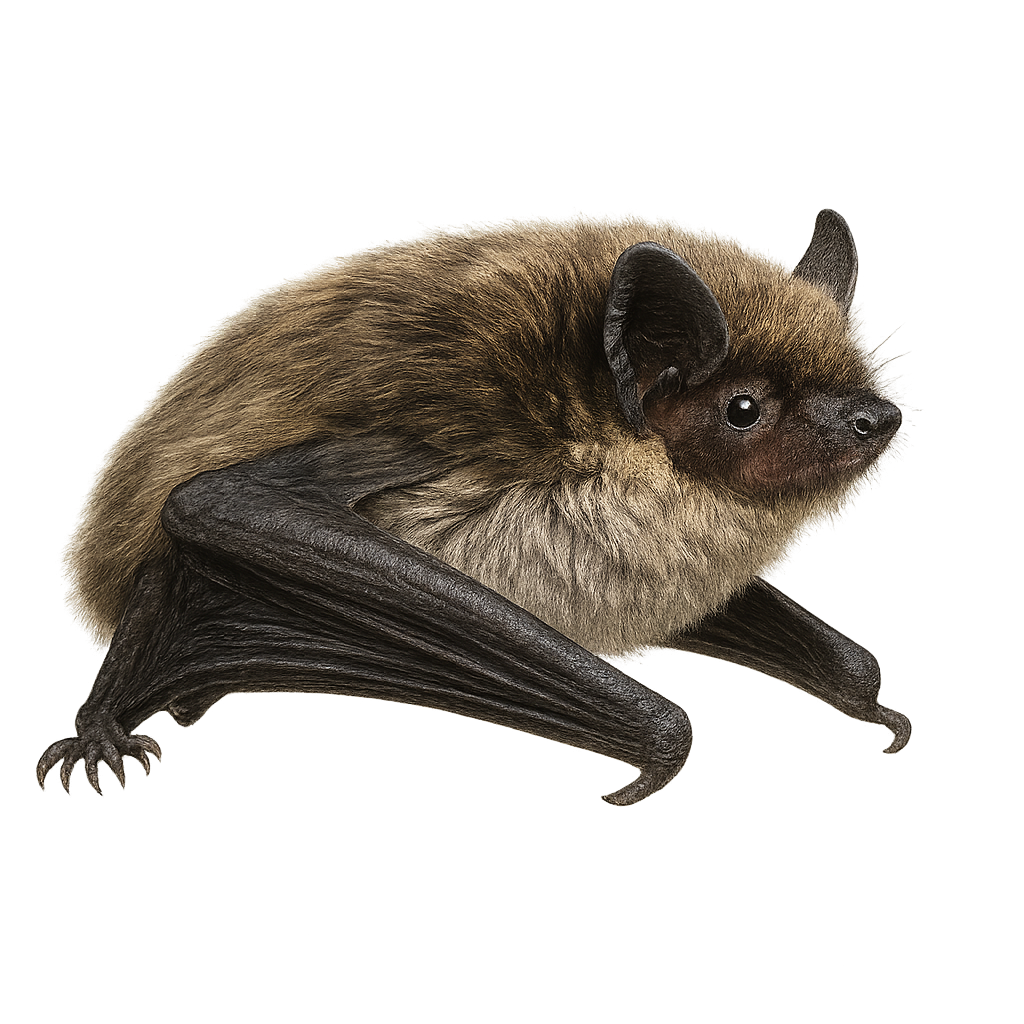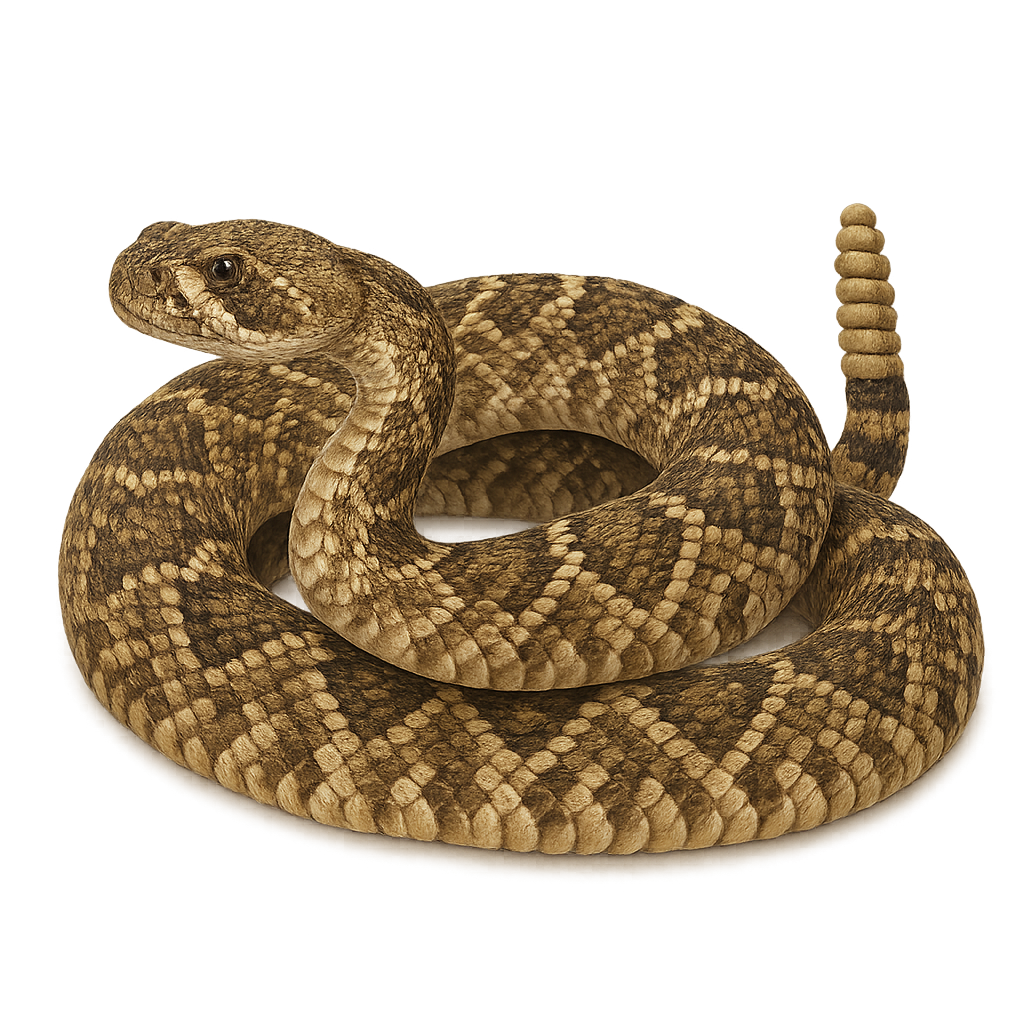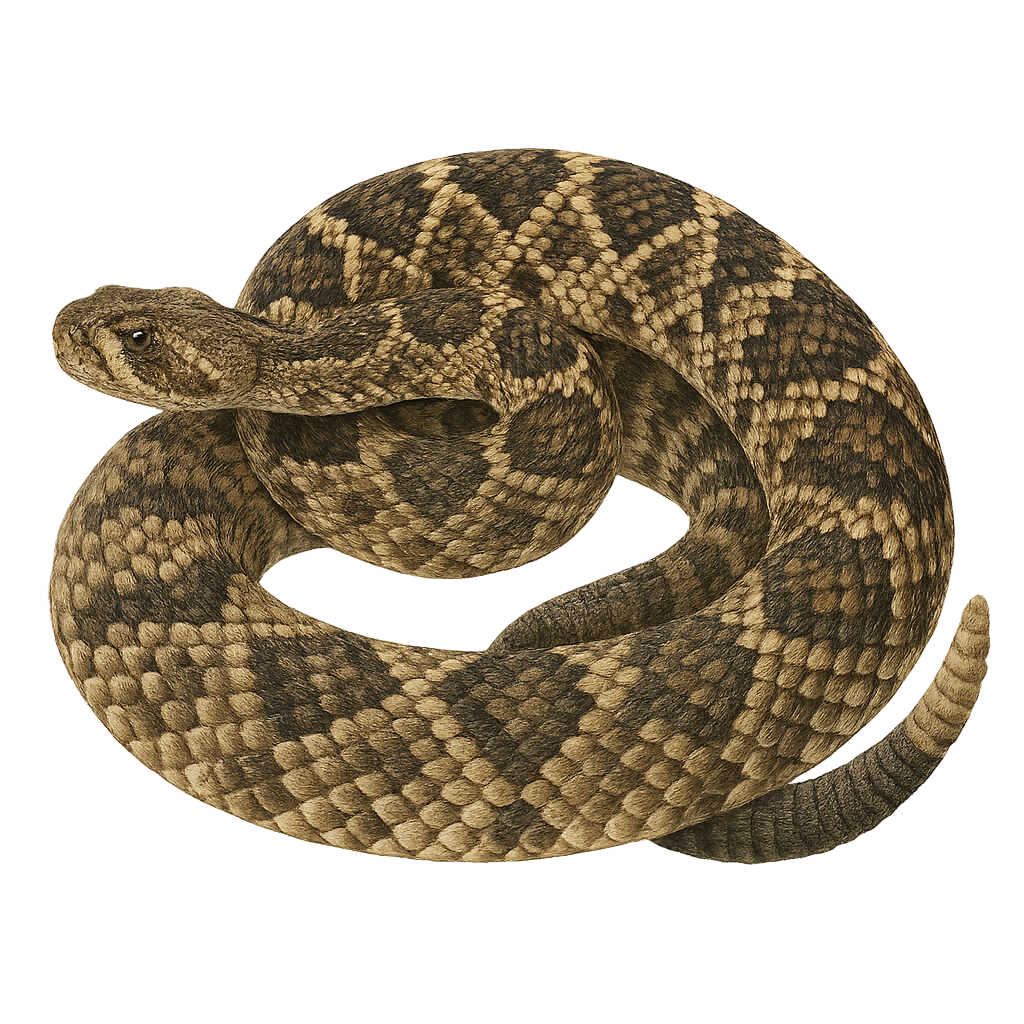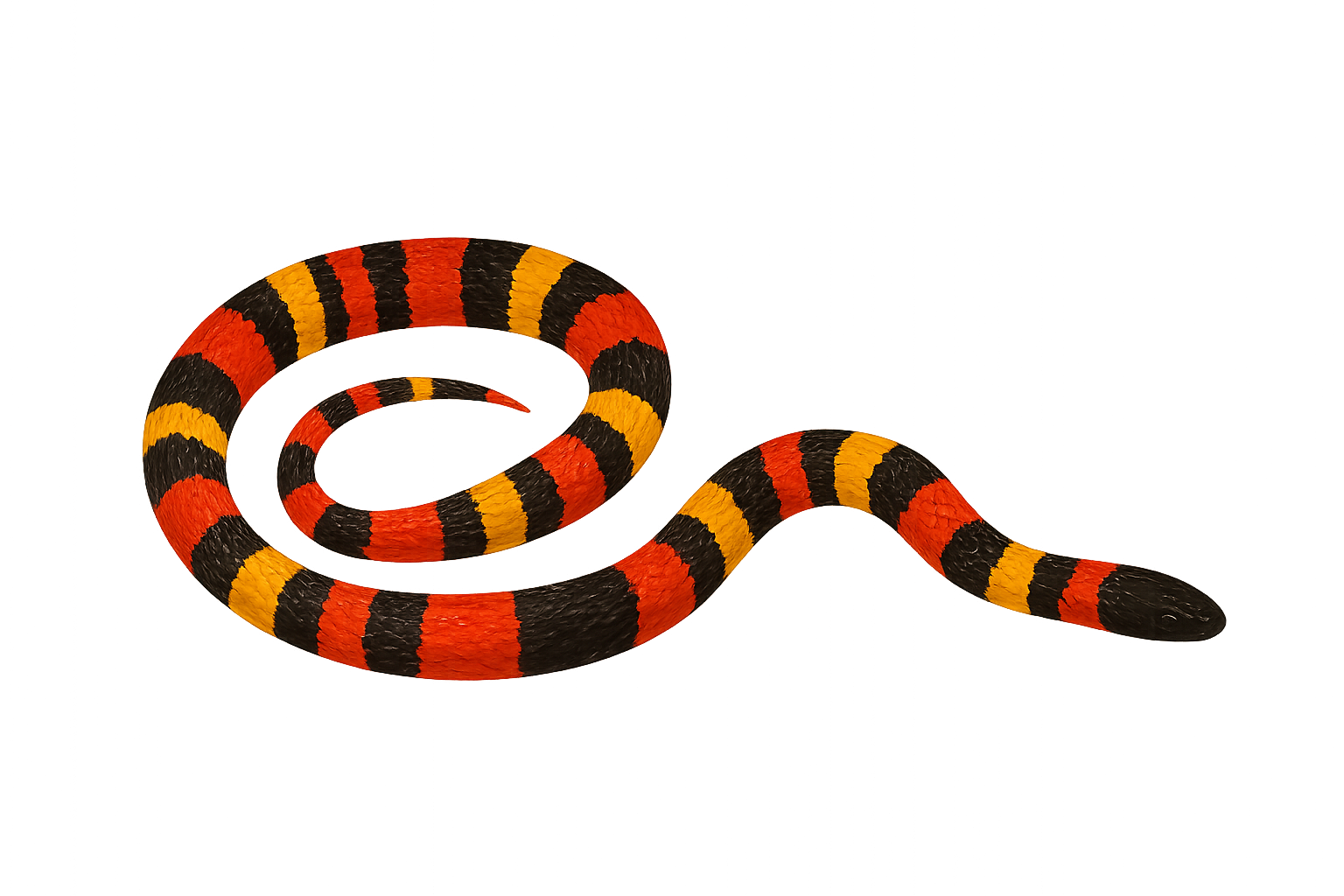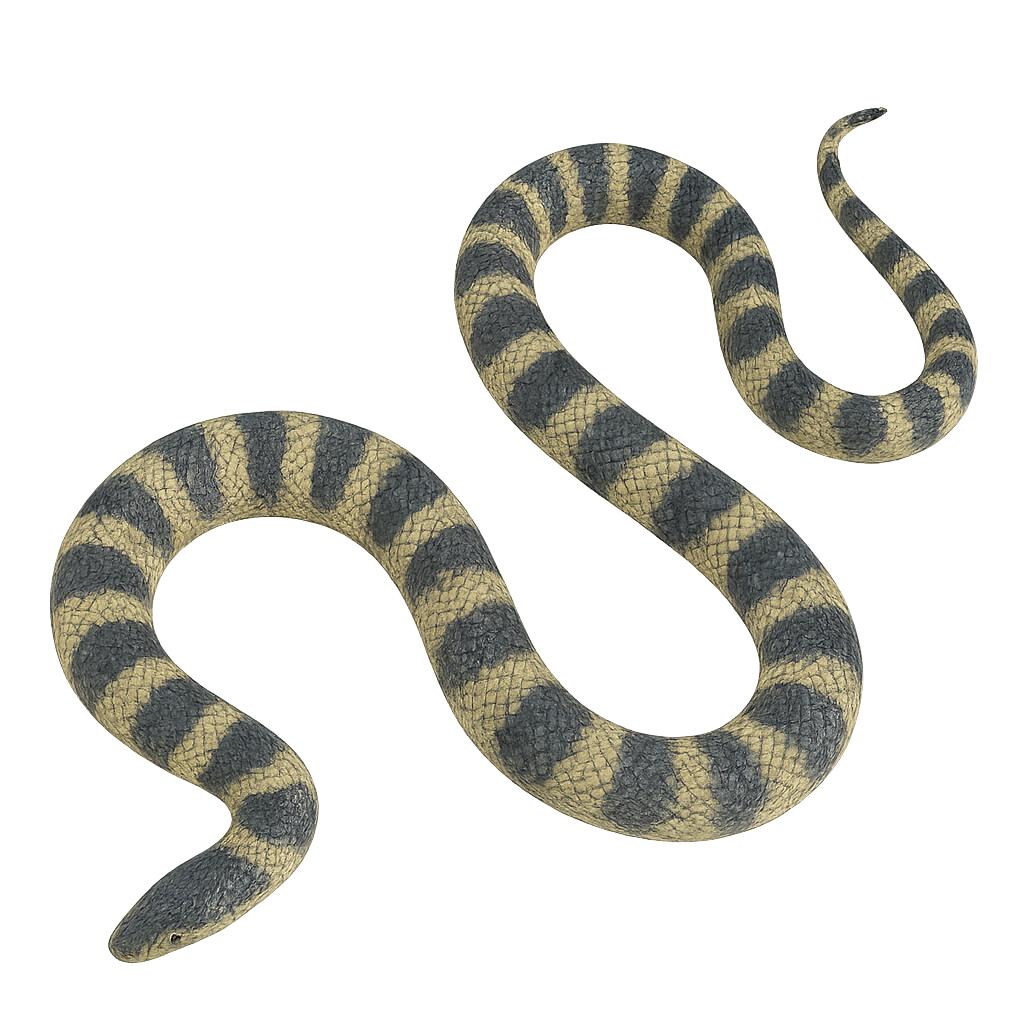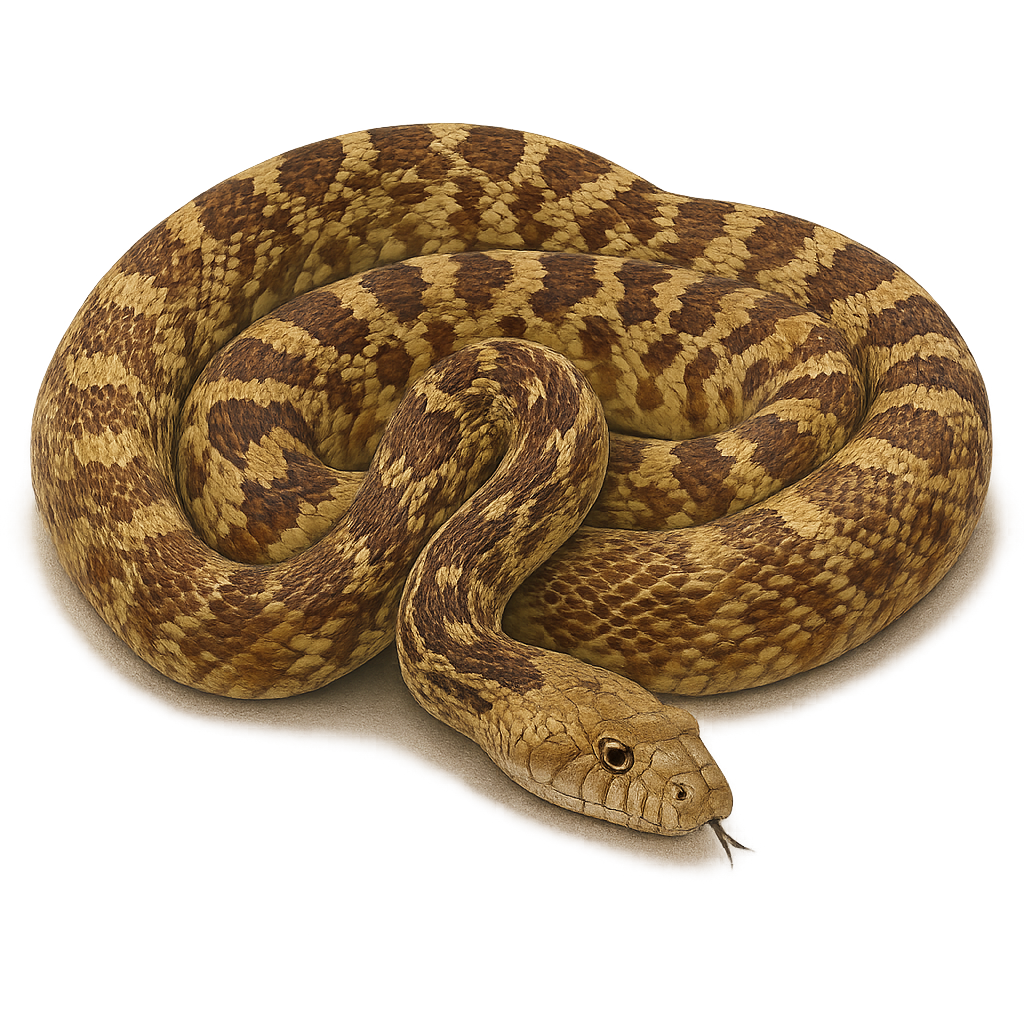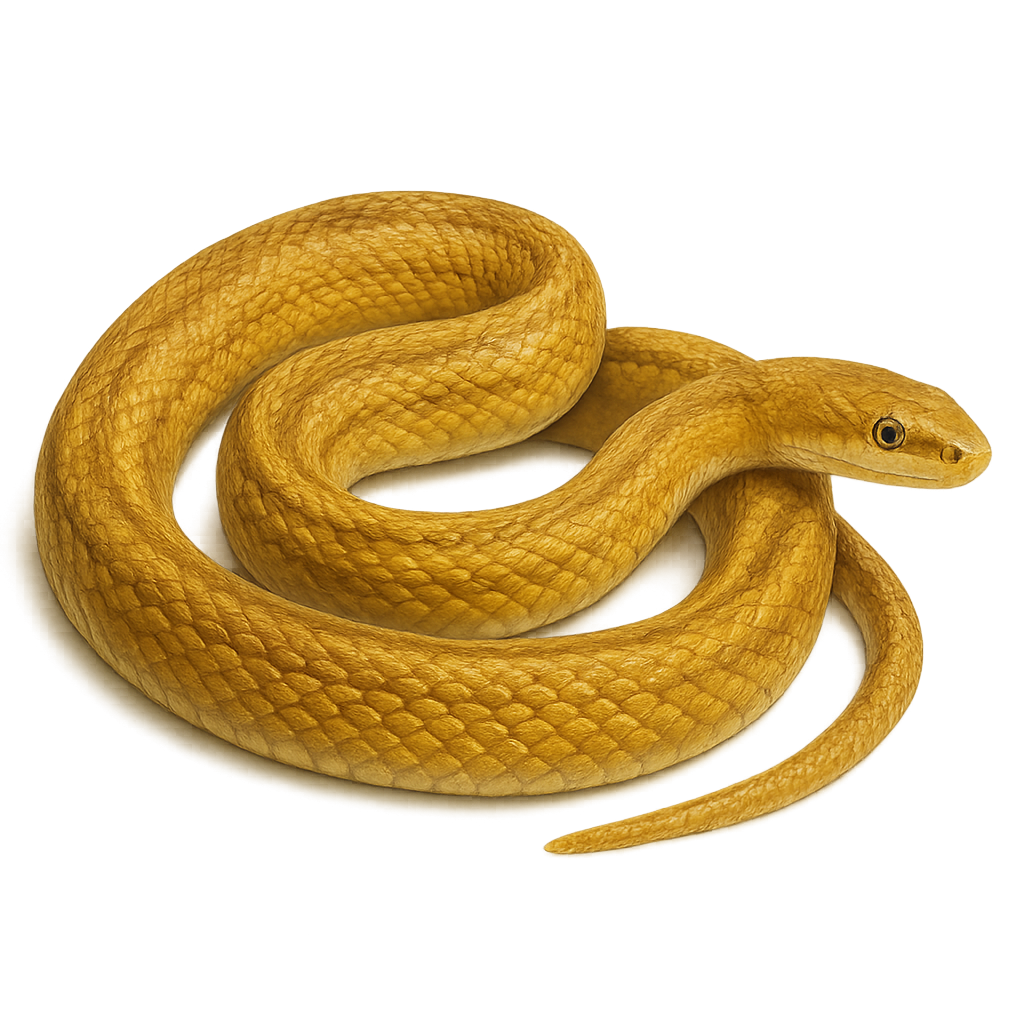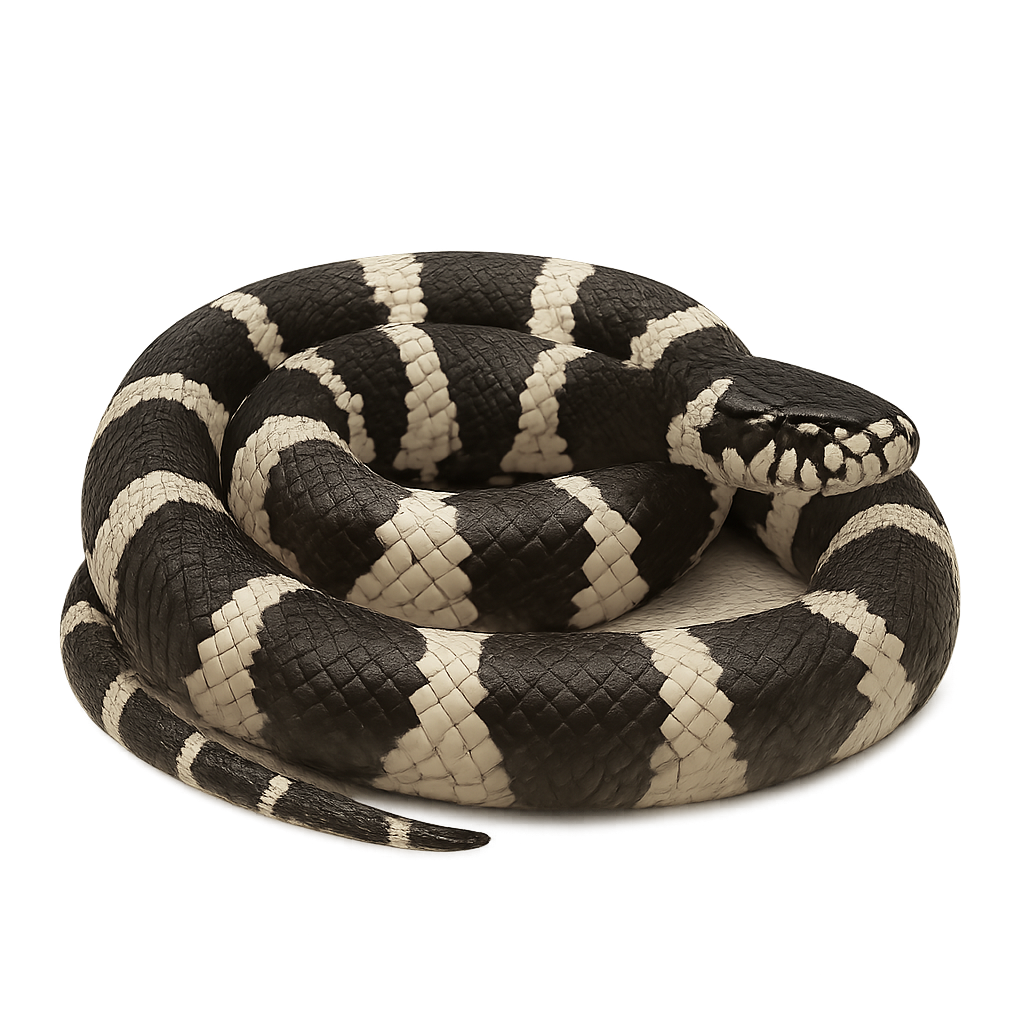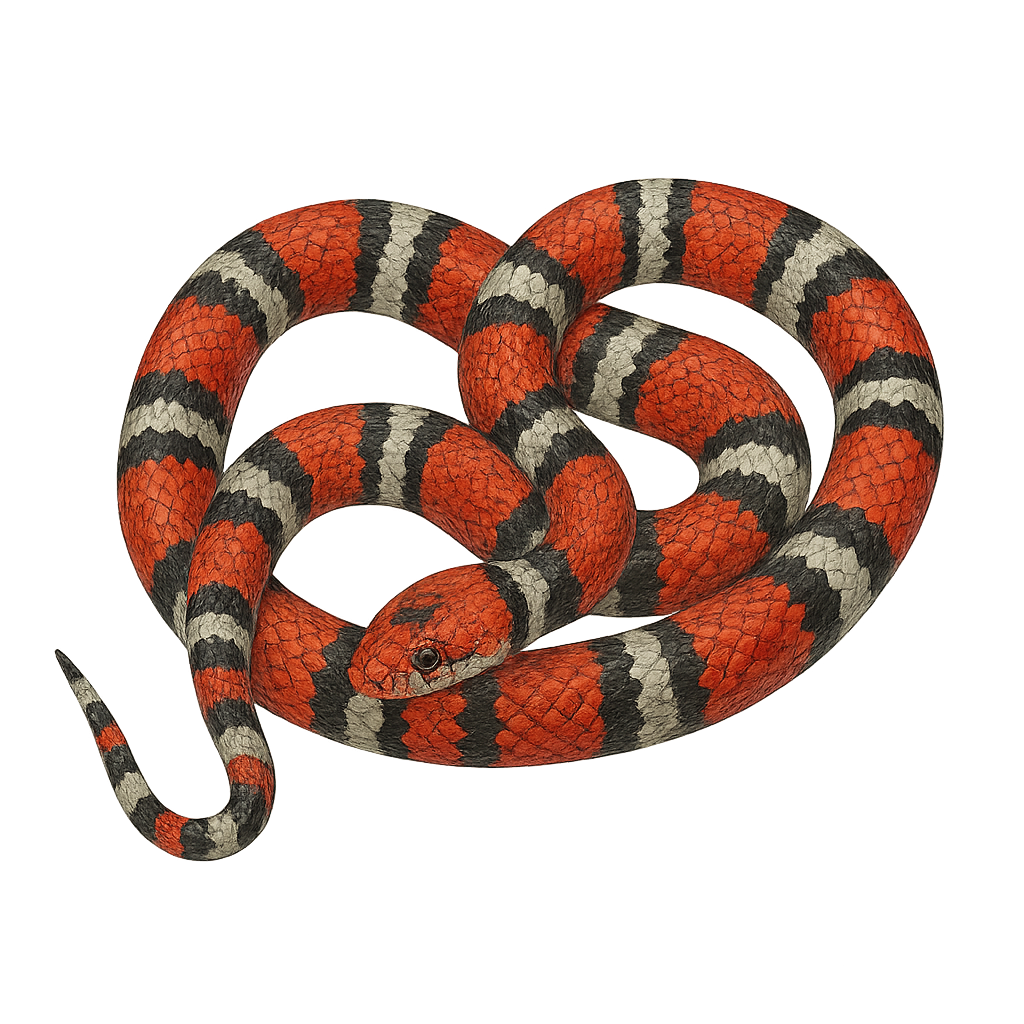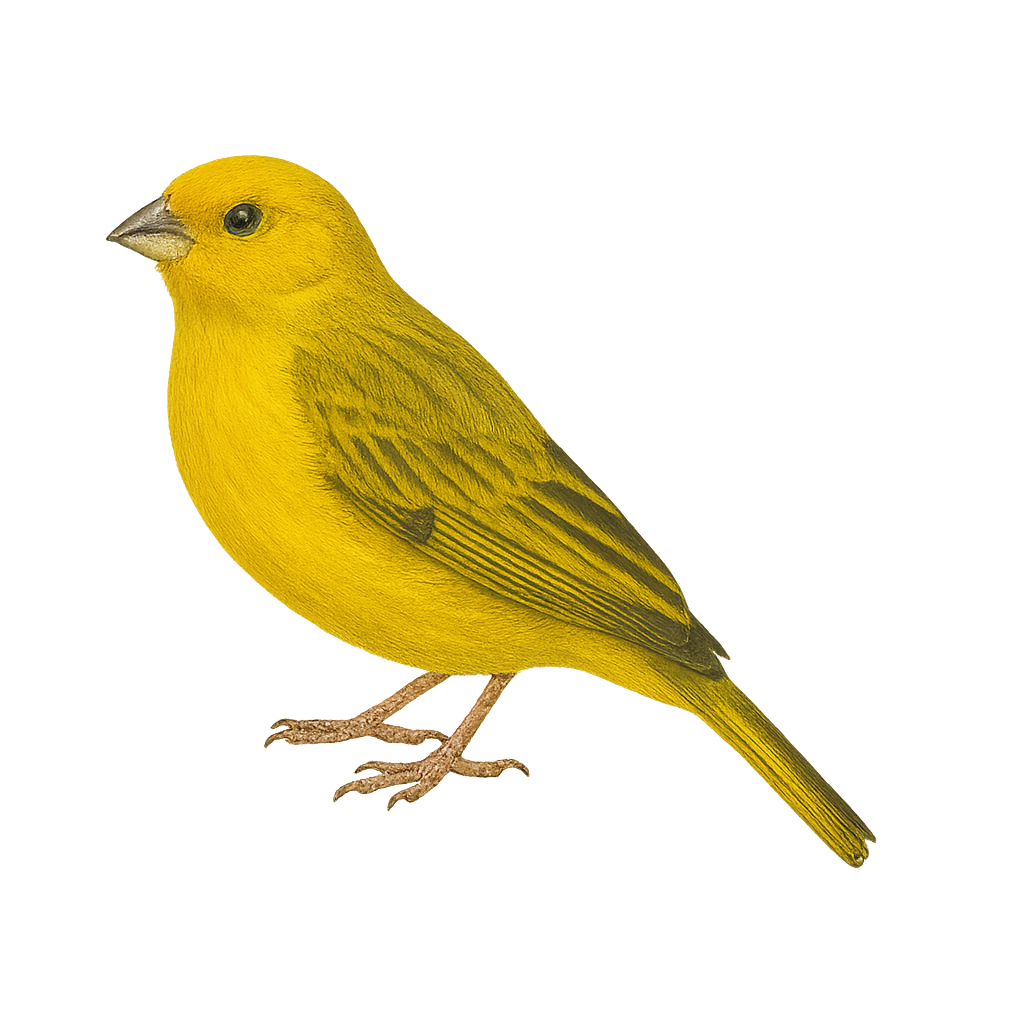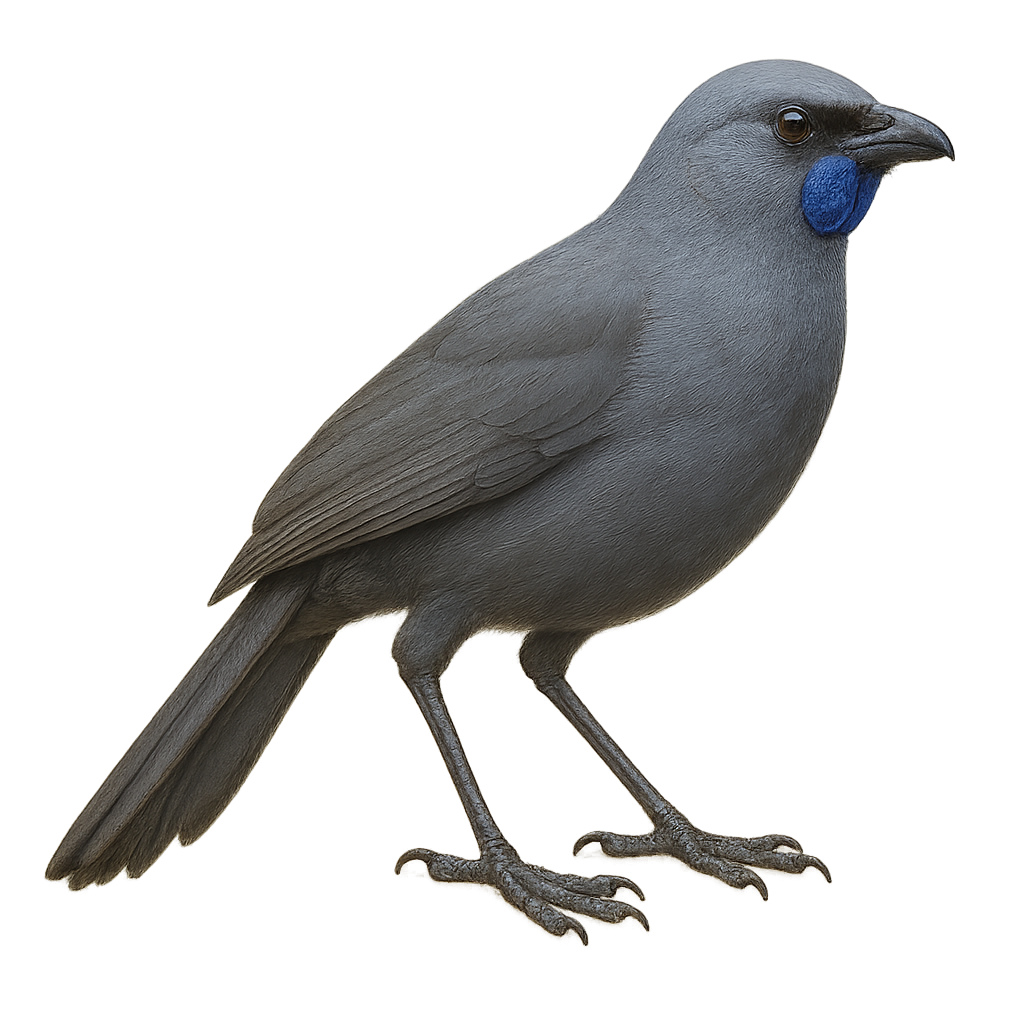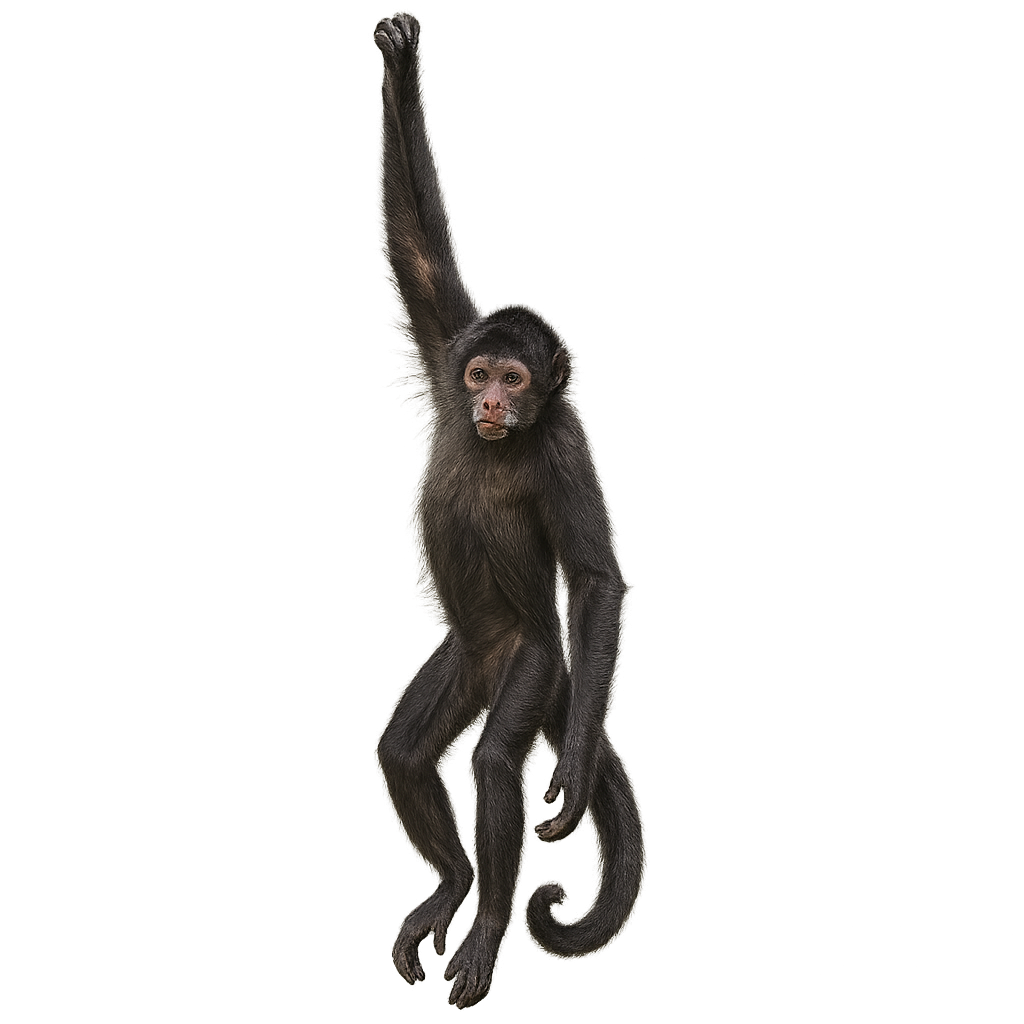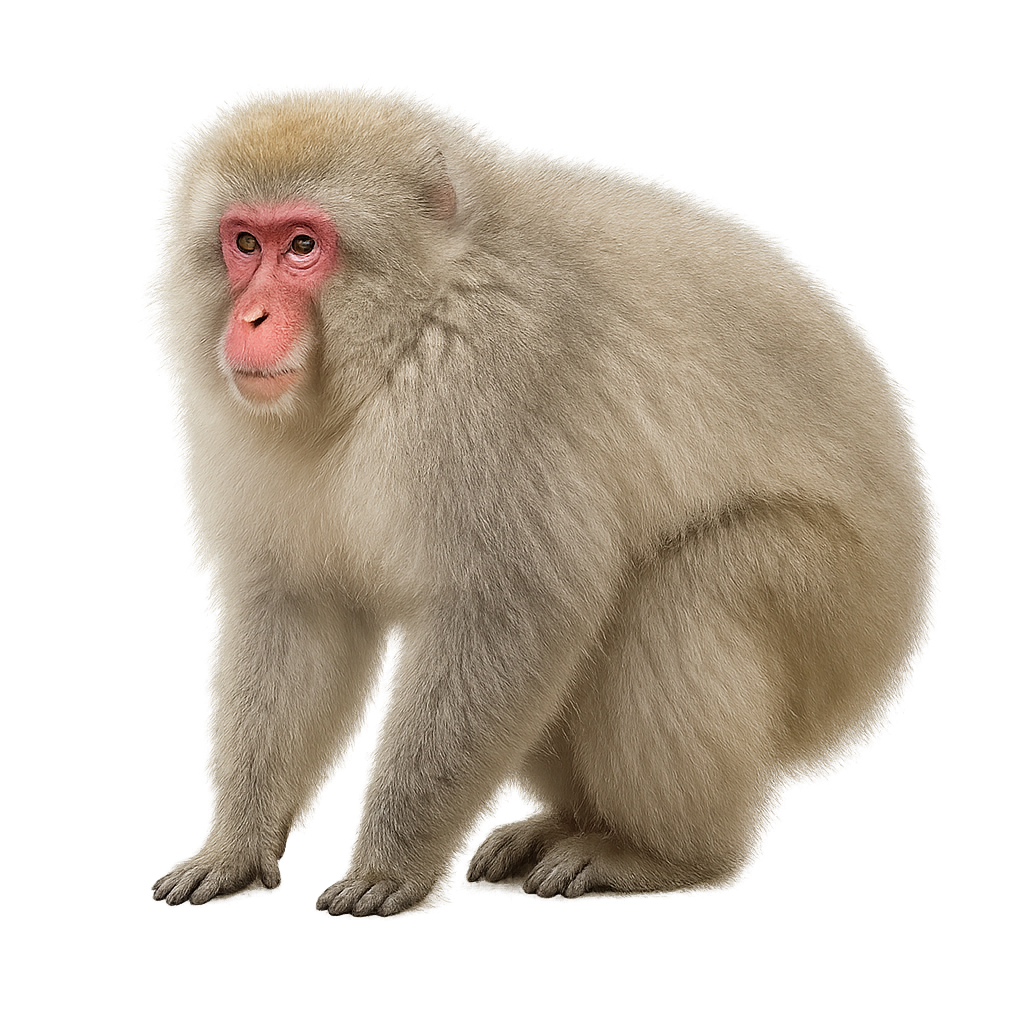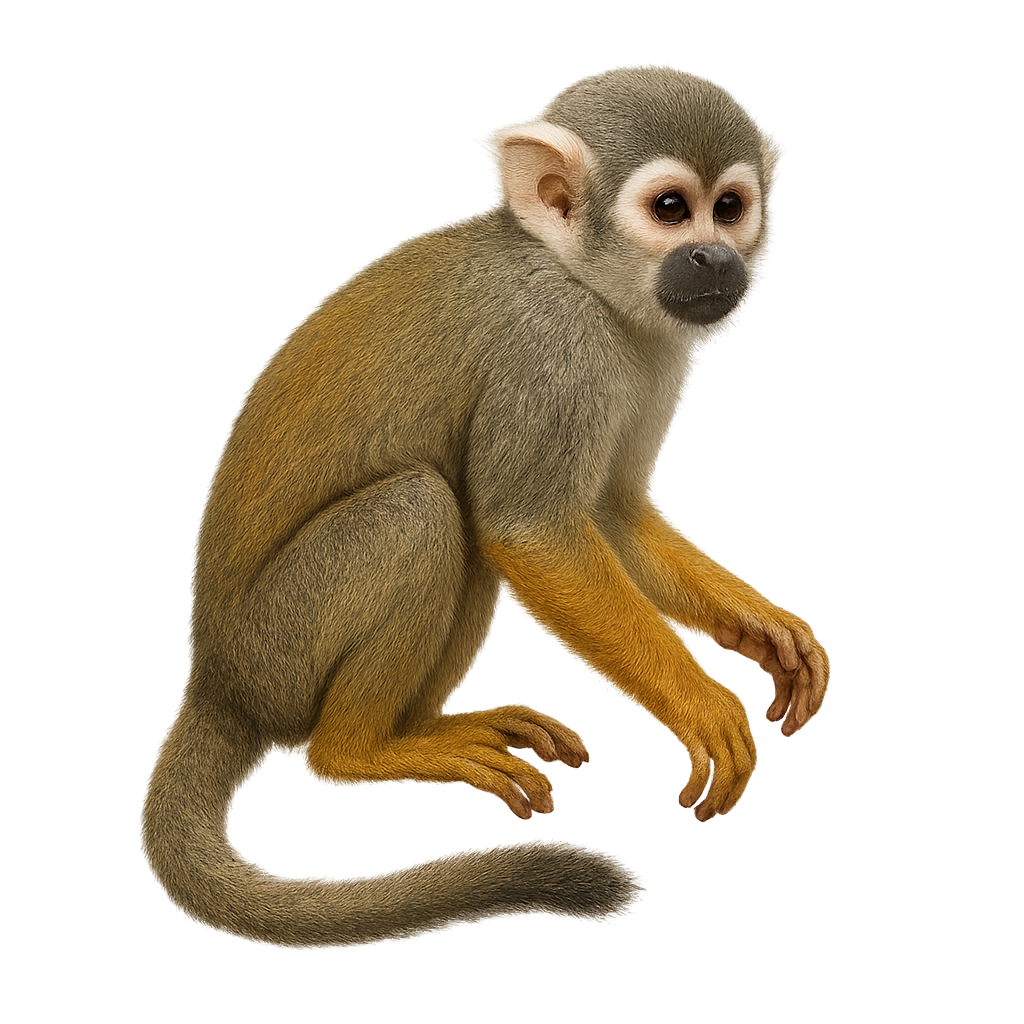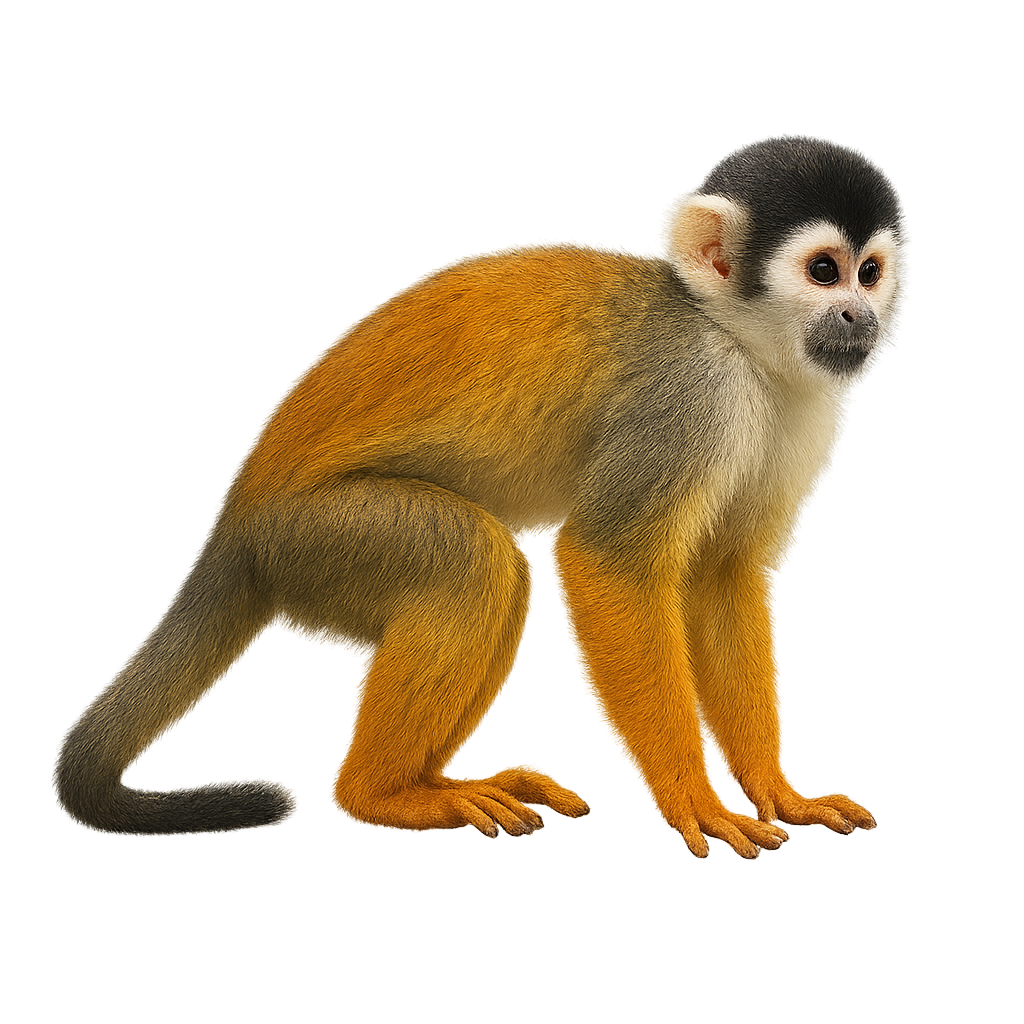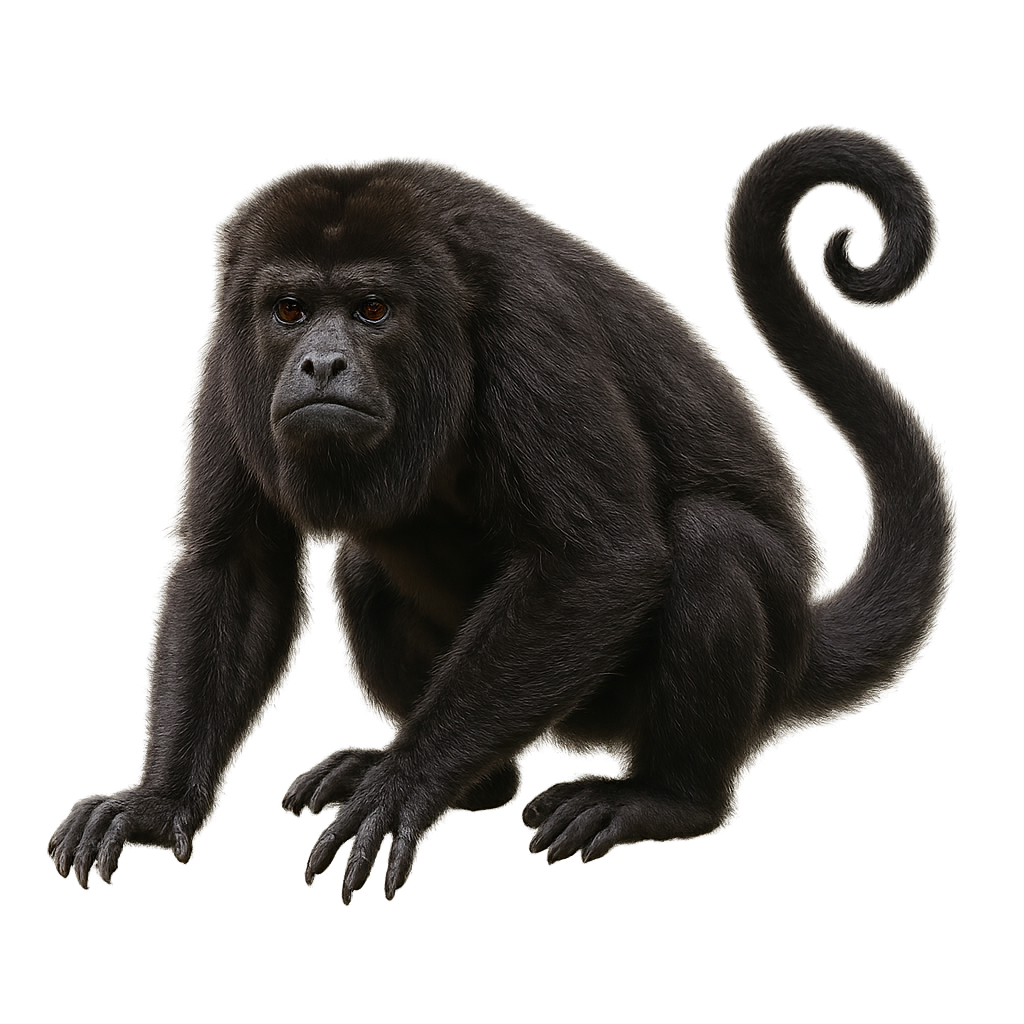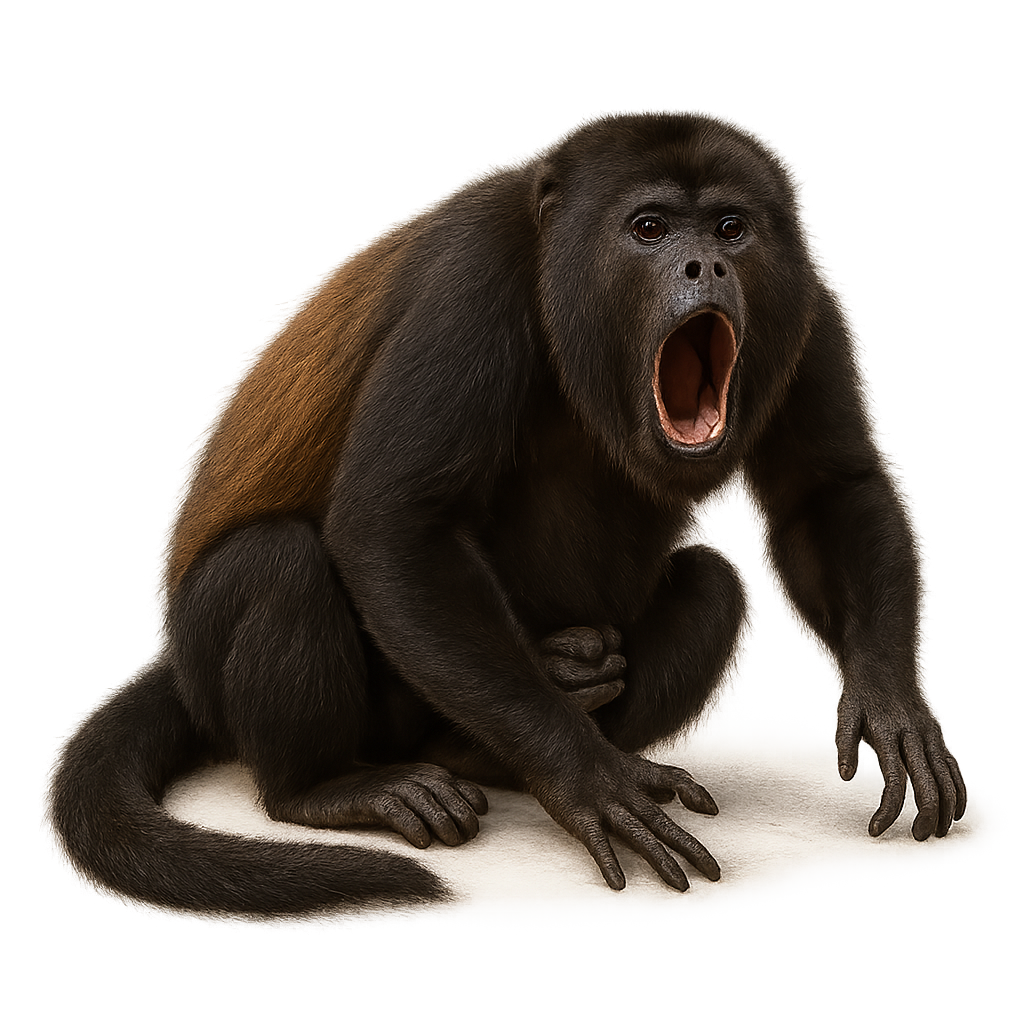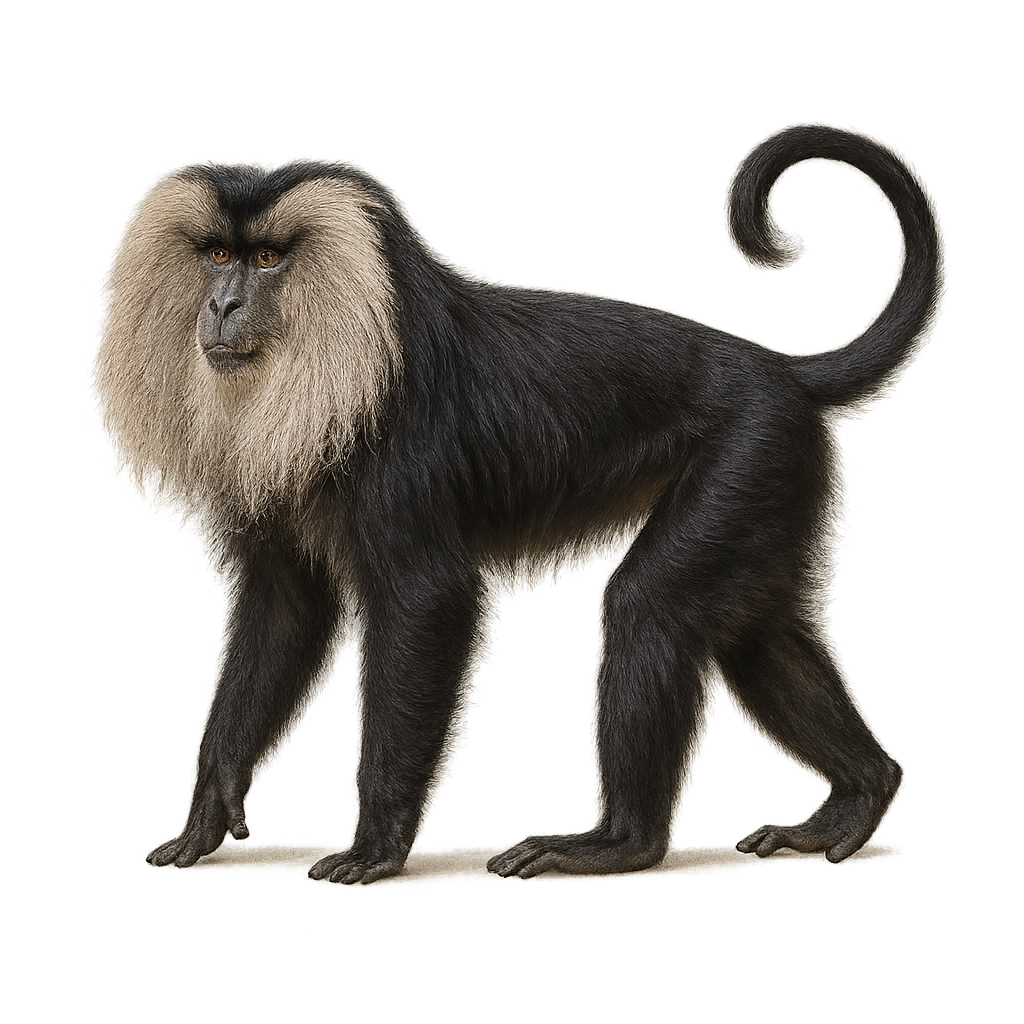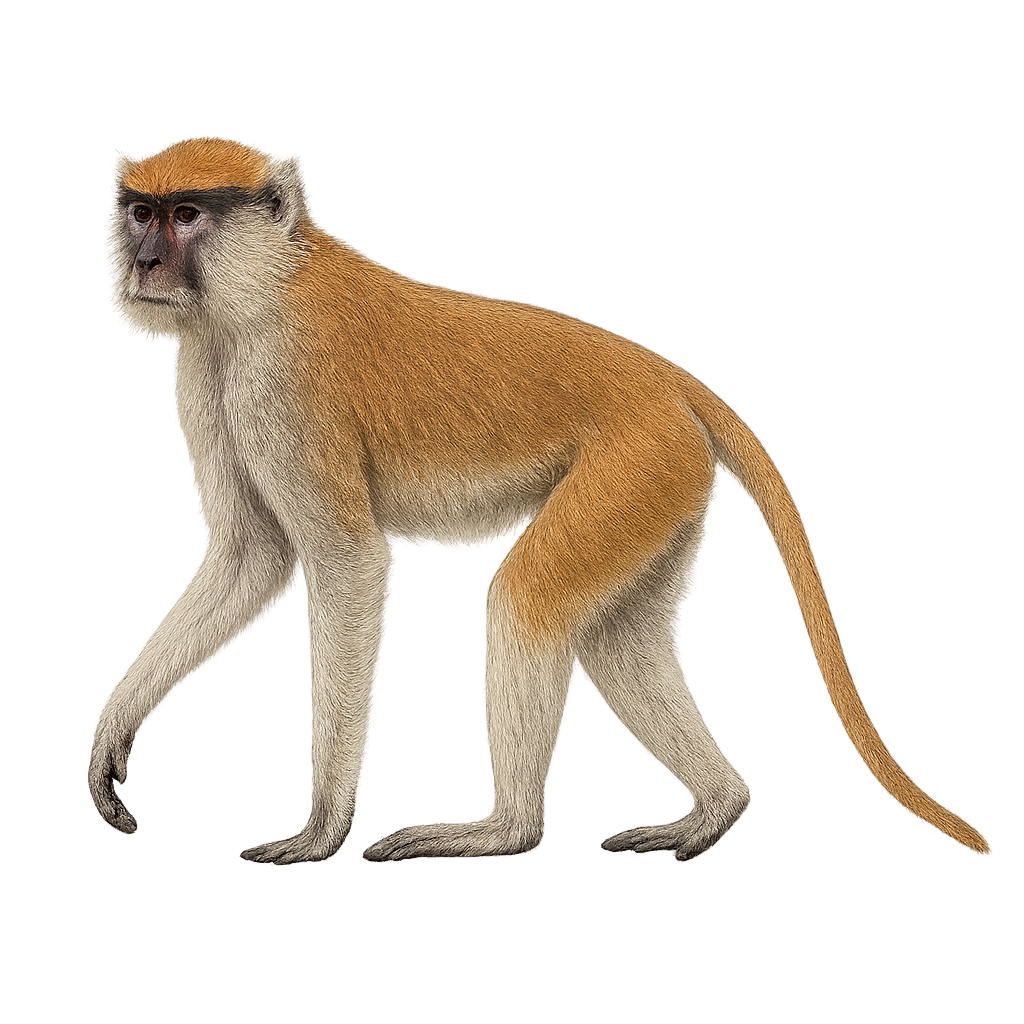The Pink-throated Twinspot is a small bird with distinctive plumage, primarily brown with characteristic white spots on its flanks. The male has a pink throat, while the female displays more subdued colors. This bird is endemic to East Africa, where it inhabits savannas, open forests, and shrublands. It feeds mainly on seeds but also consumes insects. Its song is soft and melodious, often heard at dawn and dusk. Although discreet, it is sometimes observed in small groups, especially outside the breeding season. The species is currently considered of least concern by the IUCN but is sensitive to habitat degradation.
The Green-backed Twinspot, Mandingoa nitidula, is a small exotic bird belonging to the Estrildidae family. Native to the tropical forests of Central and East Africa, this bird is particularly admired for its bright plumage and distinctive patterns. Males display a bright green head, contrasting with a body speckled with white spots on a black background. Females, on the other hand, have more subdued colors, predominantly olive green. These birds measure about 10 cm in length and weigh between 9 and 12 grams. They are often seen in small groups, feeding mainly on seeds and insects. Their melodious song and social behavior make them fascinating subjects of study for ornithologists and bird enthusiasts.
The White-rumped Seedeater is a small granivorous bird found mainly in sub-Saharan Africa. It is recognizable by its brown-grey plumage with a distinctive white rump, which gives it its name. Measuring about 12 cm in length, this bird prefers dry savannas and open shrublands. It primarily feeds on seeds but can also consume insects. The White-rumped Seedeater is often observed in small groups, especially outside the breeding season. Although not considered threatened, its habitat is sometimes affected by agricultural expansion.
The Black-headed Canary, or Serinus nigriceps, is a small seed-eating bird belonging to the Fringillidae family. It is primarily found in the arid and semi-arid regions of southwestern Africa, particularly in Namibia and South Africa. This canary is easily recognizable by its black head contrasting with its bright yellow body. It inhabits rocky areas, open savannas, and dry scrublands. Its song is melodious, consisting of trills and warbles. The Black-headed Canary is a social bird, often seen in small groups. It mainly feeds on seeds but may occasionally consume insects.
The European serin is a small passerine bird found primarily in gardens, orchards, and urban areas across Europe and the Middle East. It is distinguished by its bright yellow plumage, dark wings, and small size. This small bird primarily feeds on seeds, which it finds in trees, bushes, and grasses. It is also known for its high-pitched, melodious song, which it performs during the breeding season.
The African Citril, or Serinus citrinelloides, is a small songbird belonging to the Fringillidae family. It is characterized by its bright yellow plumage, especially vivid on the forehead and chest, contrasting with darker wings and tail. This passerine is mainly found in East Africa, where it inhabits woodlands, savannas, and gardens. Its melodious song is often heard at dawn and dusk. The African Citril is a sociable bird, often seen in small groups. It primarily feeds on seeds but can also consume insects. Its adaptability to various habitats makes it a resilient species, although some populations may be affected by deforestation.
The Northern Bat, Eptesicus nilssonii, is a medium-sized bat found in northern Europe and Asia. It is characterized by its dark brown fur, which is often lighter on the belly, and relatively short ears. It primarily inhabits coniferous forests but can also be found in urban areas, using buildings for roosting. This nocturnal species feeds on insects, which it catches in flight using sophisticated echolocation. It is mainly active during summer nights, while it hibernates in winter in caves or abandoned buildings. Although its conservation status is currently considered "least concern," it remains sensitive to human disturbances and the loss of its natural habitat.
The Crotalus atrox, commonly known as the Western Diamondback Rattlesnake, is a venomous snake found primarily in the southwestern United States and northern Mexico. It is easily recognizable by its diamond-shaped pattern on its back and its famous rattling sound, produced by the keratin segments at the end of its tail. This snake can reach a length of 1.5 to 2 meters. It prefers arid habitats such as deserts, grasslands, and sparse forests. Although venomous, it generally only attacks if it feels threatened. Its venom is hemotoxic, affecting blood and tissues, but bites are rarely fatal due to modern treatments.
The Eastern Diamondback Rattlesnake, Crotalus adamanteus, is the largest rattlesnake species in North America, reaching lengths of up to 2.4 meters. It is easily identified by its distinctive diamond-shaped patterns along its back. This venomous snake primarily inhabits pine forests, marshes, and coastal prairies in the southeastern United States. Although feared for its potentially deadly bite, it is generally reclusive and avoids human encounters. Its coloration provides excellent camouflage in its natural habitat. The Eastern Diamondback plays a crucial role in the ecosystem by controlling small mammal populations.
The Coral Snake is a venomous species found primarily in Central and South America, notably in Mexico, Costa Rica, Panama, and Colombia. It typically measures between 50 and 80 cm in length, although some specimens can reach up to 1 meter. It is distinguished by its red, black, and yellow rings, giving it a vibrant and easily recognizable appearance. Although coral snakes are venomous, their bite is rarely fatal due to their small size and the difficulty of delivering the bite, but it can cause severe symptoms due to their neurotoxin. These snakes typically live in tropical forests, where they hide under dead leaves or in shrubs. They primarily feed on small reptiles, amphibians, and young snakes.
The annulated sea snake is a highly venomous marine elapid, 1–1.5 m long, identifiable by its black and yellow rings covering its slender, elongated body. It inhabits coral reefs, tropical seagrass beds, and shallow lagoons of the Indo-Pacific, feeding on fish and small bony fishes. Solitary and elusive, it employs sinuous undulations and visual cues to hunt.
The Pituophis catenifer, commonly known as the gopher snake, is a non-venomous snake found primarily in North America. It is recognizable by its robust body and distinctive patterns of brown and black spots on a yellow or cream background. Typically measuring between 90 and 180 cm, it can sometimes reach up to 275 cm. This snake is often mistaken for a rattlesnake due to its defensive behavior, which includes hissing and tail rattling. It inhabits various environments, from grasslands to sparse forests, and plays a crucial role in controlling rodent populations. Although it may seem intimidating, it is harmless to humans and contributes to ecological balance.
Elaphe obsoleta, commonly known as the black rat snake, is a non-venomous snake native to North America. It is often found in forests, fields, and rocky areas. This snake is known for its ability to climb trees and swim. Its color ranges from black to dark brown, with a lighter belly. It can reach a length of 1.2 to 2.4 meters. It plays a crucial role in controlling rodent populations. Although it may appear intimidating due to its size, it is generally harmless to humans and prefers to flee rather than defend itself.
The Lampropeltis getula, commonly known as the common kingsnake, is a non-venomous snake native to North America. It is renowned for its ability to resist the venom of other snakes, allowing it to hunt and consume them. This snake exhibits a varied coloration, often black with white or yellow bands. It can reach a length of 1.2 to 1.8 meters. The kingsnake is an opportunistic predator that feeds on rodents, birds, lizards, and other snakes. It is generally active at night and prefers habitats such as forests, grasslands, and rocky areas. Although often captured for the pet trade, it remains abundant in the wild.
The Lampropeltis triangulum, commonly known as the milk snake, is a non-venomous snake from the Colubridae family. It is famous for its colorful patterns that mimic those of venomous coral snakes, a classic example of Batesian mimicry. This snake is generally medium-sized, measuring between 60 and 120 cm in length. Its coloration varies depending on the subspecies, but it often features red, black, and white or yellow bands. It inhabits a variety of environments, from forests to grasslands, and primarily feeds on small mammals, birds, and other reptiles. Nocturnal by nature, it is mostly active at night and rests during the day.
The Crested Serpent Eagle, scientifically known as Spilornis cheela, is a medium-sized raptor distinguished by its prominent crest and piercing eyes. It primarily inhabits the tropical and subtropical forests of South and Southeast Asia. Its dark brown plumage is speckled with white spots, and its broad wings allow it to soar gracefully. An opportunistic predator, it mainly feeds on snakes, but also preys on lizards and small mammals. Its sharp call often echoes through the forests it inhabits. Although its habitat is threatened by deforestation, it remains relatively common within its range.
The Serval is a medium-sized feline primarily found in the savannas and grasslands of sub-Saharan Africa, notably in East and Central Africa. It typically measures between 60 and 100 cm in length, with a tail of 30 to 40 cm, and weighs between 9 and 18 kg. Its coat is golden yellow, speckled with irregular black spots, which helps it camouflage effectively in its natural environment. The Serval has long legs, a small head, and large ears, which allow it to easily detect its prey, including small mammals, birds, and reptiles. It is also capable of impressive leaps to catch its prey, particularly birds in flight. While its population remains stable in some areas, the Serval is threatened by habitat loss and illegal hunting.
The Oriental Magpie-Robin, or Copsychus saularis, is a medium-sized songbird known for its distinctive black and white plumage. The male features glossy black feathers on its back and head, while the belly and wings are white. The female, however, has more grayish tones. This bird is renowned for its melodious and varied song, often heard at dawn and dusk. Native to South and Southeast Asia, the Oriental Magpie-Robin inhabits various environments, from tropical forests to urban gardens. It primarily feeds on insects but can also consume fruits. Although generally solitary, it may be seen in small groups during the breeding season.
The Saffron Finch, or Sicalis flaveola, is a small bird with a striking bright yellow plumage, accented with olive-green shades on its wings and back. Native to South America, it is often found in savannas, agricultural areas, and urban gardens. This passerine is known for its melodious song and adaptability to various environments. Males display more vibrant colors than females, making them easily identifiable. Their diet mainly consists of seeds, but they also consume insects. The Saffron Finch is a sociable bird, often seen in small groups, especially outside the breeding season.
The Callaeas wilsoni, commonly known as the North Island Kōkako, is an endemic bird of New Zealand. It is easily recognizable by its bluish-grey plumage and bright blue facial wattles. This forest bird is known for its melodious and complex song, often compared to a flute. It primarily inhabits the wet and dense forests of the North Island, where it feeds on fruits, insects, and leaves. Although its flight is weak, it is an excellent climber, using its strong legs to move between branches. Unfortunately, the North Island Kōkako is threatened by habitat loss and predation by introduced species, leading to a significant decline in its population.
The Geoffroy's Spider Monkey is a medium-sized primate primarily found in the tropical forests of Mexico and Central America. It typically measures about 50 to 60 cm in length, with a prehensile tail of around 70 to 80 cm, and weighs between 10 and 20 kg. Its fur is generally brown or black, with lighter spots on the belly and legs. The Geoffroy's Spider Monkey has a highly flexible and prehensile tail, which it uses to grasp tree branches and move easily through the forest canopy. It is primarily herbivorous, feeding on fruits, leaves, flowers, and sometimes small insects. These monkeys live in organized social groups and are primarily active during the day. While they are relatively numerous, they are threatened by deforestation and loss of their natural habitat.
The Snow Monkey, also known as the Japanese macaque, is a species of primate primarily found in the mountains and snowy regions of Japan. It measures about 50 to 60 cm in length, with a tail of 20 to 25 cm, and weighs between 10 and 14 kg. Its fur is dense and thick, typically brown or gray, with a reddish face that becomes more pronounced in males, especially during the breeding season. The Snow Monkey lives in complex social groups and is especially known for its social behaviors, notably bathing in hot springs during the winter, which has become one of the most iconic images of Japan. It primarily feeds on fruits, roots, seeds, and sometimes small animals. While its population remains relatively stable, this species sometimes faces habitat loss and conflicts with human populations.
The Golden Monkey, also known as the Roxellana Rhinopithecus, is a medium-sized primate found primarily in the mountains of China, particularly in the provinces of Sichuan and Gansu. It measures about 55 to 70 cm in length, with a tail of 50 to 60 cm, and weighs between 10 and 15 kg. Its fur is a bright golden color, with reddish hues and long hair around the face that forms a kind of mane. The Golden Monkey is primarily herbivorous, feeding on leaves, fruits, seeds, and occasionally small insects. It lives in organized social groups and is often observed in mountainous forests at high altitudes. While it is protected in certain regions, this species is threatened by habitat loss, deforestation, and poaching, which has led to a decline in its population.
The Saimiri sciureus, or common squirrel monkey, is a small arboreal primate native to South America. It is characterized by its dense, soft fur, primarily gray-olive with shades of yellow and white. Its head features a white facial mask contrasting with a black crown. This monkey is highly agile and spends most of its time in the canopy of tropical forests, feeding mainly on fruits, insects, and small vertebrates. Social groups typically consist of 20 to 50 individuals, allowing them to effectively protect against predators. Although they are primarily active during the day, they can sometimes be observed at dusk.
The Central American Squirrel Monkey, or Saimiri oerstedii, is a small primate primarily found in the tropical rainforests of Costa Rica and Panama. Recognizable by its reddish back and white face bordered with black, it is highly agile and spends most of its time in the canopy. This monkey lives in social groups that can number up to 70 individuals, which helps protect it from predators. It primarily feeds on fruits, insects, and small vertebrates. Although its habitat is threatened by deforestation, conservation efforts are underway to protect this iconic species of Neotropical biodiversity.
The Howler Monkey is a medium-sized primate found primarily in the tropical forests of Central and South America, notably in Mexico, Central America, and parts of the Amazon rainforest. It typically measures about 40 to 70 cm in length, with a prehensile tail of 50 to 75 cm, and weighs between 7 and 10 kg. Its fur varies from black to brown, and it has a large throat and powerful jaw, which allow it to produce extremely loud sounds, used to demarcate territory and communicate with other members of its group. The Howler Monkey is primarily herbivorous, feeding on leaves, fruits, and flowers. It lives in social groups and is primarily active during the day, moving slowly from tree to tree. While its population remains relatively stable, this species is threatened by deforestation and hunting.
The Alouatta palliata, commonly known as the mantled howler, is an arboreal primate primarily found in the tropical forests of Central and South America. Recognizable by its powerful howl that can be heard for miles, it plays a crucial role in seed dispersal, aiding forest regeneration. This monkey has a black coat with a distinctive golden mane. It lives in hierarchical social groups composed of several males and females. Howler monkeys are primarily herbivorous, feeding on leaves, fruits, and flowers. Their vocal behavior is essential for intra-group communication and territorial defense. Although their population is stable, deforestation poses a threat to their natural habitat.
The Macaca silenus, or lion-tailed macaque, is a primate endemic to the Western Ghats of India. Recognizable by its silver mane surrounding a black face, it is one of the most distinctive macaques. Its tail, reminiscent of a lion's, is another characteristic feature. This macaque primarily inhabits tropical rainforests, spending most of its time in the canopy. It is omnivorous, feeding on fruits, leaves, insects, and small vertebrates. Unfortunately, it is threatened by deforestation and habitat fragmentation, leading to a significant decline in its population. Conservation efforts are crucial for its survival.
The patas monkey, or Erythrocebus patas, is an African primate known for its exceptional speed, reaching up to 55 km/h, making it the fastest monkey in the world. It has distinctive reddish fur, a black face, and long, slender limbs adapted for running. Males are significantly larger than females. They primarily inhabit the savannas and semi-arid regions of West and East Africa. Their diet is omnivorous, consisting of fruits, seeds, insects, and small animals. Patas monkeys are diurnal and spend most of their time on the ground, although they can climb trees to feed or rest.
The Tibetan macaque, or Macaca thibetana, is a robust and imposing primate native to the mountainous forests of China. It is distinguished by its thick fur, ranging from golden brown to gray, and its bare, pinkish face. Males are significantly larger than females, sometimes reaching 13 kg. These macaques live in complex social groups led by a dominant male. They are omnivorous, feeding on fruits, leaves, insects, and occasionally small animals. Their habitat is generally between 800 and 2500 meters in altitude, where they adapt to climatic variations. Although their population is stable, deforestation and hunting pose potential threats.


